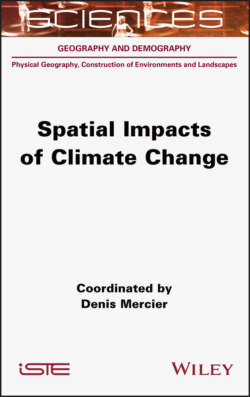Читать книгу Spatial Impacts of Climate Change - Denis Mercier - Страница 16
1.5. The causes of climate change 1.5.1. Solar radiation
ОглавлениеDepending on the time scales considered, orbital variations concerning the Earth and the sun play a fundamental role in understanding climate change. Thus, the astronomical cycles (eccentricity, obliquity and precession) highlighted by Milutin Milanković allow us to understand the large climatic oscillations between long cold sequences separated by shorter interglacial periods. The change in global average surface temperature between the last glacial maximum (21,000 years ago) and the pre-industrial climate is estimated to be about 5°C (between 3 and 8°C). It would have been a few degrees in the tropics and 10°C at the poles (Masson-Delmotte et al. 2015). During the Eemian interglacial period (128,000 to 116,000 years ago), estimated temperatures were 3 to 5°C higher than in the pre-industrial period, resulting in the melting of a significant fraction of the cryosphere and a sea level rise of about 6.6 to 9.4 m above the present level (Lageat 2019).
On another time scale, it has been shown that solar radiation varies in intensity with minimums, such as the Maunder minimum in the 17th Century or the Dalton minimum from 1800 to 1830. The latter corresponds to the coldest period of the Little Ice Age. At the century scale, a linear relationship between the air temperature series at the Longyearbyen station in Svalbard and the length of a solar cycle has been demonstrated (Solheim et al. 2011). Thus, the contemporary evolution of temperatures, which records sequences of warming (1910-1940 and since 1980), separated by sequences of stagnation or even slight cooling (from 1880 to 1910 and then from 1940 to 1980), could be partly explained by these variations in solar radiation intensity.
